Creating a digital start line and finish line with micro:bits (Years 7-8)
The following activity suggests one-way Digital Technologies could be integrated into a unit where vehicles are being designed and produced. Coding examples are provided in three ways: pseudocode, visual programming and general-purpose programming (Python/micro-python).
Additional details
| Year band(s) | 7-8 |
|---|---|
| Content type | Lesson ideas |
| Format | Document |
| Core and overarching concepts | Implementation (programming), Data acquisition, Data interpretation, Specification (decomposing problems), Algorithms, Digital systems, Computational thinking, Impact and interactions, Systems thinking |
| Australian Curriculum Digital Technologies code(s) |
AC9TDI8K02
Investigate how data is transmitted and secured in wired and wireless networks including the internet
AC9TDI8P04
Define and decompose real-world problems with design criteria and by creating user stories
AC9TDI8P09
Implement, modify and debug programs involving control structures and functions in a general-purpose programming language
AC9TDI8P10
Evaluate existing and student solutions against the design criteria, user stories and possible future impact |
| Technologies & Programming Languages | Electronic programming boards |
| Keywords | Algorithms, general-purpose programming language, pseudocode, visual programming, DTIF, DTiF, dtif, ACARA |
| Integrated, cross-curriculum, special needs | Literacy, Digital Literacy |
| Organisation | Australian Government Department of Education and Training |
| Copyright | Australian Government Department of Education and Training, CC BY 4.0 |
Related resources
-
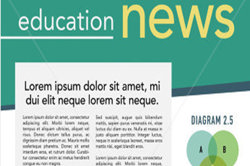
Home/School communications
In this lesson sequence, students use big data sets and school surveys, to design (and as an extension activity, make) a new digital communication solution for the school.
-
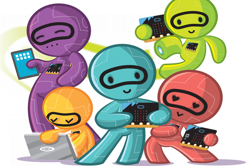
Networking with the micro:bit
This downloadable free book presents a series of activities to teach the basics of computer networks. While you may not learn all aspects of computer networking, these activities provide a useful selection and serve as a good starting point to cater for your student's needs, skill and knowledge.
-
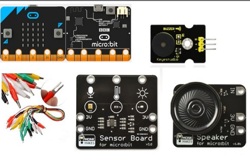
Classroom ideas: Micro:bit Environmental Measurement (visual and general-purpose programming) (Years 5-8)
Investigating environmental data with Micro:bits: This tutorial shows the coding needed for digital solutions of some environmental issues that can be created using pseudocode and visual programming.
-
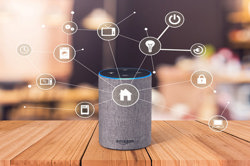
Home automation: General purpose programming
Investigate home automation systems, including those powered by artificial intelligence (AI) with speech recognition capability.
-
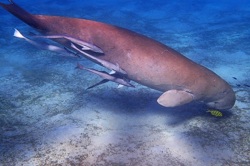
Data Science STEM resources
Here are some authentic datasets collected by research scientists studying marine and coastal animal populations.
-
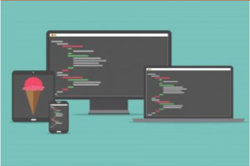
Coding in the Classroom
Through this website, educators can explore and share resources and strategies to teach coding.
-

Computational Thinking – 6 learner guides + 10 class clips
This site offers a range of resources to help teach computational thinking and its components.
